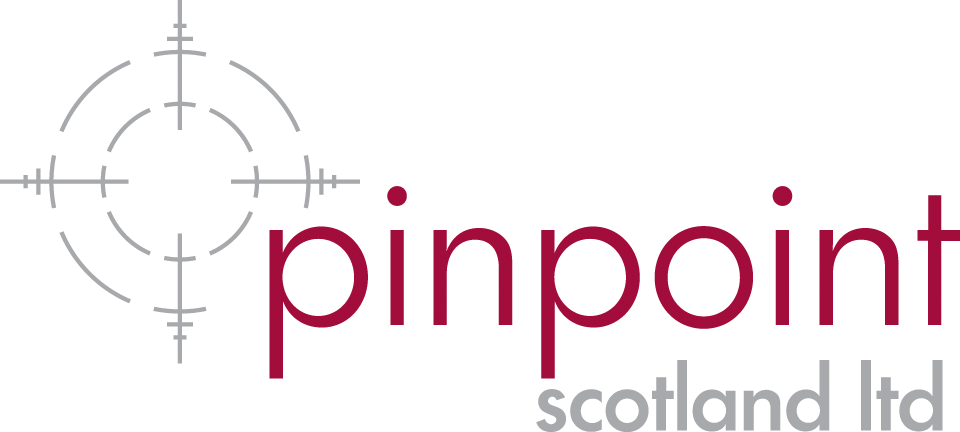 Simon Chandler, CEO, Rinri Therapeutics, Sheffield, UK
Simon Chandler, CEO, Rinri Therapeutics, Sheffield, UK
Attending the 5th Inner Ear Disorders Therapeutics Summit in Boston was both energising and thought-provoking. Hosted by Hanson Wade and chaired with calm authority by Jonas Dyhrfjeld-Johnsen (Acousia Therapeutics), the meeting brought together a passionate and highly engaged community working at the forefront of hearing loss therapeutics.
With a punchy title – ‘Propel Novel Advancements in Genetic, Small Molecule & Cell-Based Therapeutics to Reignite Momentum in Hearing Loss Therapeutic Development’ – the conference set high expectations for an excellent couple of days. I’m pleased to say that my expectations were not disappointed. There was a palpable sense that the field is shifting, finally, into a translational phase. We heard exciting updates on gene therapies targeting rare forms of hearing loss, such as otoferlin deficiency, and celebrated the NICE reimbursement of Fennec’s Pedmark as a milestone in moving treatments from bench to bedside. These are huge wins, but also a reminder that rare genetic forms represent only a fraction of the global hearing loss burden.
The real energy, though, came from discussions around what’s next – especially for the much larger population affected by acquired sensorineural hearing loss. Regenerative cell therapies were a hot topic, offering real hope. But a clear message emerged: the future is multimodal. Devices, gene therapy, cell therapy, small molecules – all will have a place, and tailoring solutions to specific hearing pathologies will be critical.
I was particularly struck by the focus on translational rigour. The need for better alignment between preclinical models and human pathology came up repeatedly. 
Outside the formal agenda, lively conversations continued over coffee and dinner. There was enthusiasm, but also realism: drug delivery remains a challenge, the cochlea remains stubbornly inaccessible and regulatory clarity around drug-device combinations is still lacking.
Finally, I appreciated the broader framing of hearing loss as a healthy ageing issue – with potential parallels to the momentum we’re seeing in obesity and GLP-1 therapeutics. This, combined with a renewed call for unified global patient advocacy, left me feeling hopeful and motivated.
5th Annual Inner Ear Disorders Therapeutics Summit
Event Details
Date: 15 July 2025 - 17 July 2025
Location name:
Boston, USA
Location address:
Wyndham Boston Beacon Hill, 5 Blossom Street, Boston, MA 02114, USA
Contact: Milan Shrestha, Audience Manager, Hanson Wade
Tel: +44 (0)20 3141 8700 / +1 617 45 4188
Email: info@hansonwade.com



